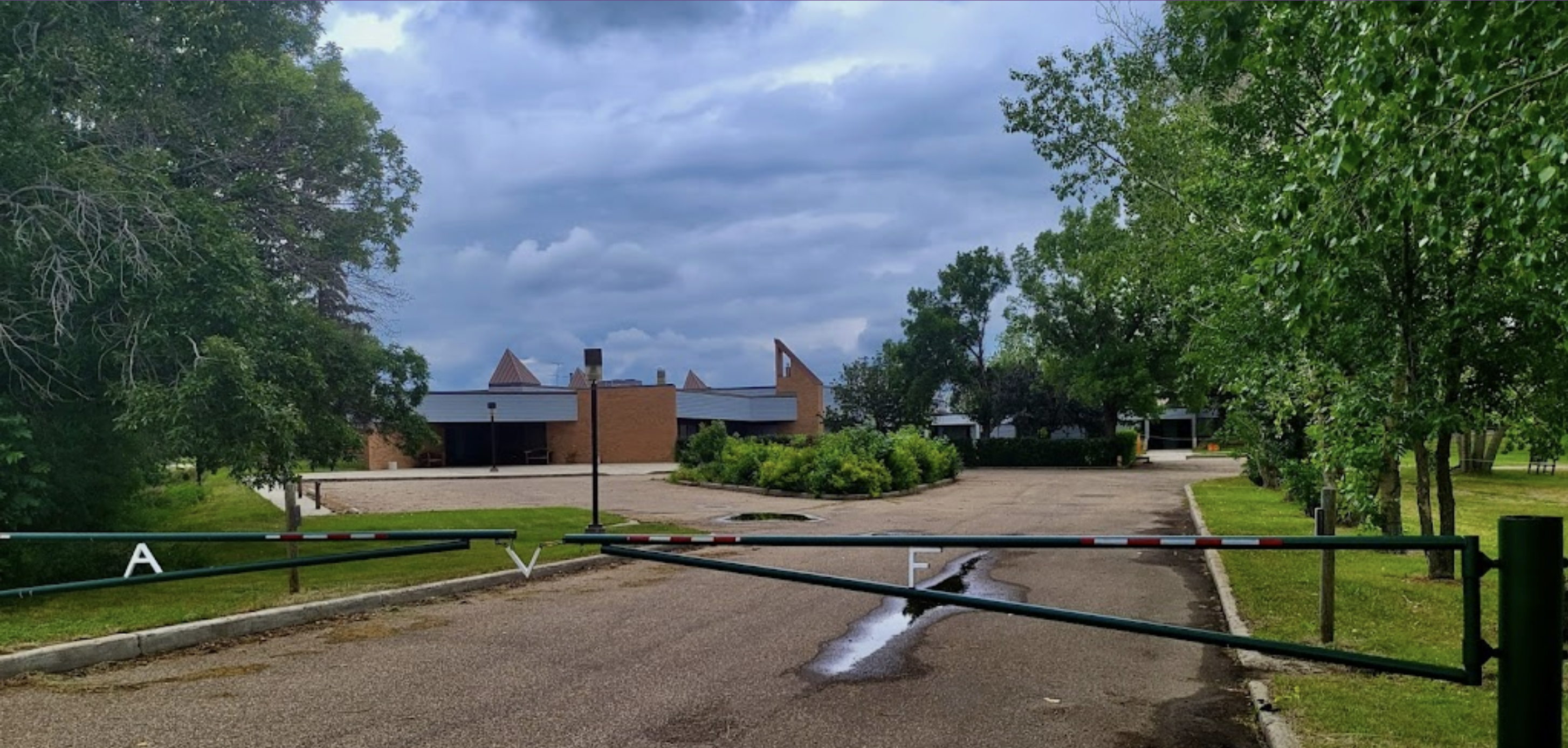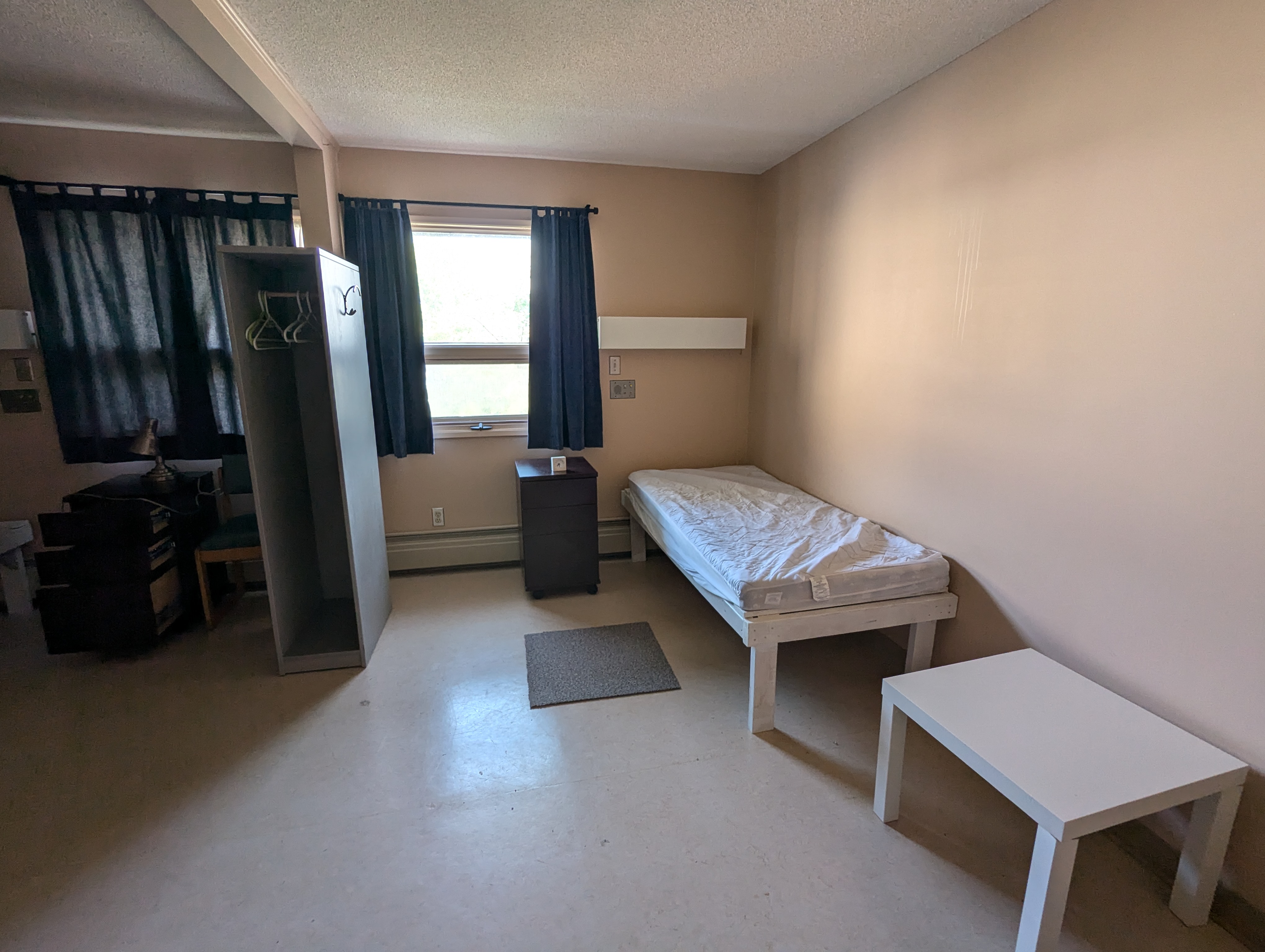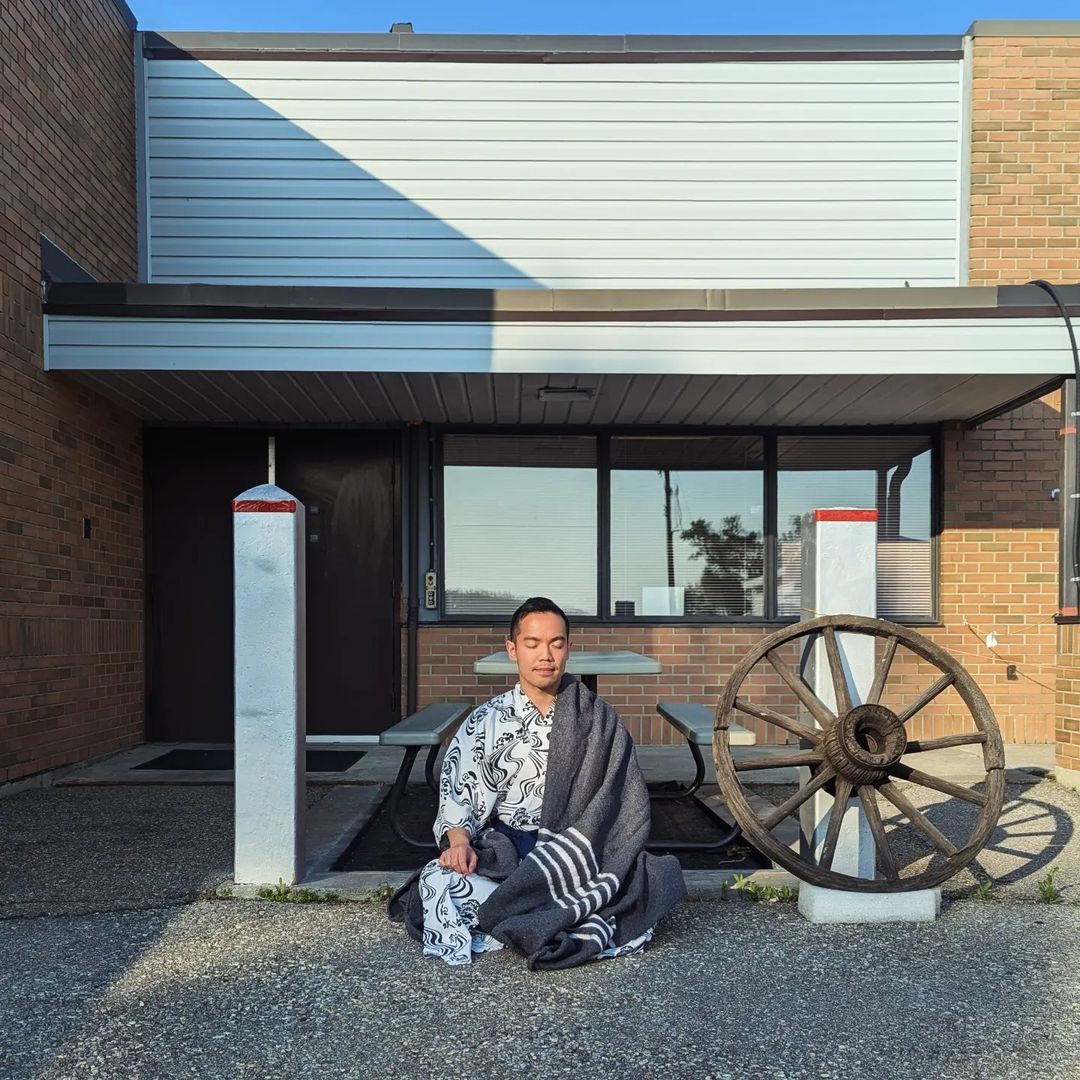Vipassana, First Experience

It was Spring, 2024 and I was in a period of unease. Work was going through its unique set of uncertainty, which affected my productivity and sense of self-worth. A major negative change in my prior friend group also led to lots of lingering sadness. I found myself oscillating between low-grade anxiety and frustration with a prevalent inner monolog of self-criticism and fixation on negativity. Running and regular exercise helped to mitigate this somewhat, but I was unable to dispel the unease at its source.
Vipassana was something that I stumbled into. An online friend from India directed me to dhamma.org after I inquired about the legitimacy of some local buddhist temples. Prior to this, I had never heard of Vipassana meditation. Intrigued by Vipassana’s claim ‘to relieve oneself from suffering at the root level’, I signed up for a 10-day course (June 26 - July 7).
The registration process itself involved filling out an extensive online form, including listing occurrences of past or present mental and physical illness. I was truthful and stated my undergraduate year struggle with depression, which resulted in additional registration screening.
One of the assistant teachers reached out to me through a phone call and clearly set expectations and offered me a chance to ask any additional questions not covered by the website. I was relieved to see that the registration process involved many checks of due diligence. This helped to quiet the doubt that this was a brain washing cult or group of vibe oriented, ‘woo woo’, positive thinkers.
Vipassana means “to see things as they really are”.
Vipassana Meditation follows as the practice of observing sensations within one’s body to cultivate an understanding of the universal truth of change. The meditation itself demands non-reaction. No matter how much your legs and your back are aching, no matter what thoughts your mind bubbles up, you are to keep your attention limited to the subtle and gross sensations that arise and fade within your body. By diligently and patiently scanning your body from head to toe over ten days, you learn to view both pleasant and unpleasant sensations with equanimity. Sensations arise, stay for some time, and then pass away. Do not react with craving, do not react with aversion.
The Dhamma Karuṇā meditation centre I attended is located in Youngstown Alberta, a 3.5-4 hour drive from Edmonton. It was previously an Alberta Health Services Special Needs School before being repurposed in July 2014. Arriving at the facility, I was struck by the clinical feel of the building. All bathrooms were fitted with wheelchair accessibility railings and emergency pull strings for summoning assistance. Our residential quarters appeared to previously house hospital beds. The panel for communicating with the nursing staff still remained on the wall. My mind toyed with the parallel of a crazy person self-admitting into a mental institution.

The meditations were primarily taught through video and audio recordings led by S. N. Goenka. After arriving at the course, students were separated into male and female cohorts. This separation extended through to the residential accommodations, walking areas, dining rooms. Our group meditation hall was divided in half with females on one side and males on the other. Each cohort was assigned an assistant teacher that would be our go-to contact for the instructor led office hours.
Day zero involved filling out a paper registration form, a light meal, and sitting through orientation before retreating to our rooms. We committed to observing five precepts: no killing any being, no stealing, no sexual misconduct, no speaking falsehoods, and no intoxicants. Noble silence would begin the next morning.
The 4am bell rang through the hallway speakers. Darkness still permeated the sky. The morning rays of dawn had not yet arrived. Eager to get started and make the most of my stay, while making sure not to disturb any of the other students, I went to the shared bathroom and brushed my teeth before readying myself for the 4:30am group meditation in the hall.
The course timetable became a familiar routine. Although we meditated over 10 hours each day, it never felt like a cruel or overly austere process which ignored the limits of human existence. The meditation sittings were separated out into 1-2 hour blocks, broken up with breaks. Although there was no dinner, the breakfast and lunch were nutritious and filling, and the evening tea break was more than satisfactory.
The first three days of meditation focused on observing breath (Ānāpānasati). Observe natural breath, do not attempt to control or intervene in the body’s default breathing cadence. Observe the physical sensation of the breath as it enters in through your nostrils. Observe the delicate touch of the breath during exhale as it flows past your upper lip. After three days of dedicated meditation, the vertical indentation in the middle area of my upper lip (the philtrum) had become able to distinguish between the inhale and exhale of my slight and subtle breath. I was able to maintain this uninterrupted focus for the entire duration of the meditations.
On the fourth day, we were introduced to Vipassana. Taking the same attention that had been diligently focused on the triangular area between the nostrils and the upper lip, we were instructed to perform a full body scan starting from the top of our head to the tips of our toes. As I moved my attention down from my head through my neck, an overwhelming surge of pain erupted from my right shoulder blade/upper back area. This pain was intense enough to jolt my eyes open. I stifled a yelp. Goenka, through his pre-recorded voice, continued to instruct the class to move the attention throughout the body, through the shoulder, down the arm, to the next shoulder, etc. Unfortunately, the pain was unbearable and I sat just brewing in frustration and anger. I recall thinking that I had wasted three days of my life observing my breathing and that the payoff of Vipassana was something that was impossible for me. Day four also marked the beginning of Adhiṭṭhāna, or “strong determination”. During these Adhiṭṭhāna sits, of which there were three per day, we were expected to maintain our seated posture without any movement. I struggled a lot and persevered.
I fumed out of the hall and paced around the parking lot and walking trail outside. I was upset and frustrated at the state of my body and my back ache. How could I take another six days of this? As I walked, I once again brought my attention back to my upper back. I noticed that the pain had subsided. This realization helped me recontextualize my thoughts. Only another six days of meditation. The unpleasant sensation has come, stayed for a bit, and has changed. As the bell rang through the facility speakers again, I returned to the meditation hall and sat back down. Revisiting Goenka’s procedure of scanning the body, I found that I was able to observe the pain in the upper back without getting stuck. I found that over time, with equanimous observation, the pain the the upper back subsided into a dull ache, and eventually throughout the remainder of the meditation, disappeared entirely.
I was surprised at where my mind went during these meditation sittings. Leading up to the meditation, I was expecting my mind to dwell in familiar self-deprecation and negativity but I did not experience this whatsoever. Instead, I revisited otherwise painful and unpleasant past memories and evaluated the actions and reactions that I took, just staying with these events with an objective inner clarity. I was able to find a place of deep compassion and love for both myself and others. I could forgive what needed to be forgiven and reconcile the harm that was caused to both myself and others.
After working through these traumatic events (and shedding many silent tears), I found that my mind sometimes filled the meditative silence with fantastic electronic dance music, followed by classical and pop piano music. It was not a distracting experience, as I continued to diligently scan my body for subtle and strong sensations. But the observed lovely music echoing through my brain felt like a maestro pianist performing a private, one audience member concert. I had taken piano lessons decades ago and had largely forgotten the joy of creating music. This experience encouraged me to pursue piano once again after returning to the city.
By the end of the course, I was able to perform full sweeping scans, splitting my attention symmetrically down both the left and right sides of my body simultaneously. I attained the pleasant sensation of uniform subtle vibration, but also understood that the sensation itself should not be a source of attachment. I realized that the deeper truth of the equanimous observation of the physical self was meant to cleanse and train the mind. I learned through the experience of my own body, the categorization and meaning of the Noble Eightfold Path.
Day ten was a unique day where we were allowed to break noble silence outside of the meditation hall. It served as a mental balm and rekindled the skill of communicating with others. I was surprised at the backstory and reasons for attending behind the different students. I had made up my own stories and assigned various peers different vocations throughout the course. I was wildly incorrect when reconciling with the reality (e.g. lumberjack -> family separation therapist; office executive -> van-life nomad; professional athlete -> software engineer, engineer -> retired HK banker). Mettā was instilled in us throughout the day, cultivating benevolence, loving-kindness, good will, and active interest in others.
The experience of sitting through a ten day Vipassana meditation course is one that I would recommend to anyone with the opportunity and privilege. The wisdom based off of direct personal experience is not something that can be conveyed through text or discourse. I returned from the course a calmer and less reactive version of myself. I revisited my moniker and added to the udia roster: Universal Dhamma, I Accept.
A few weeks have since passed since the conclusion of the course. Although the complete calm and post-meditation serenity has largely faded away and replaced itself with the vicissitudes of life, the Vipassana course satisfied its claim and showed me a clear path out of misery and suffering. I am mostly the same person before and after the retreat, but I have gained with me a new sense of perspective, instilled in me directly through my body.
Existence is impermanent.
Have no craving for pleasant sensations.
Have no aversion for unpleasant sensations.
Observe everything equanimously, understanding that sensations arise, stay for some time, and then pass away.
